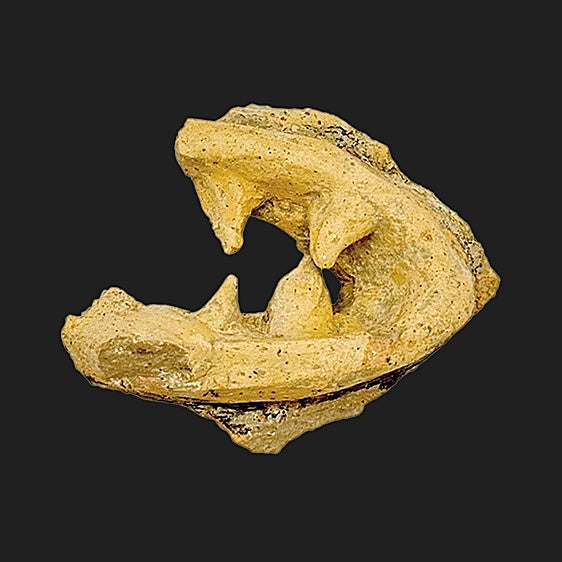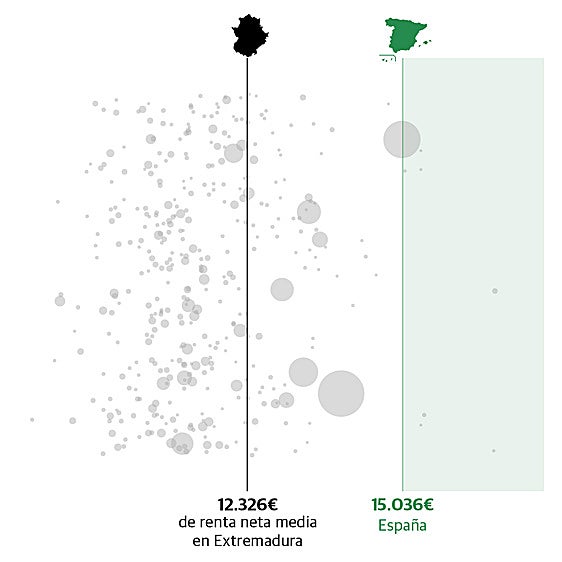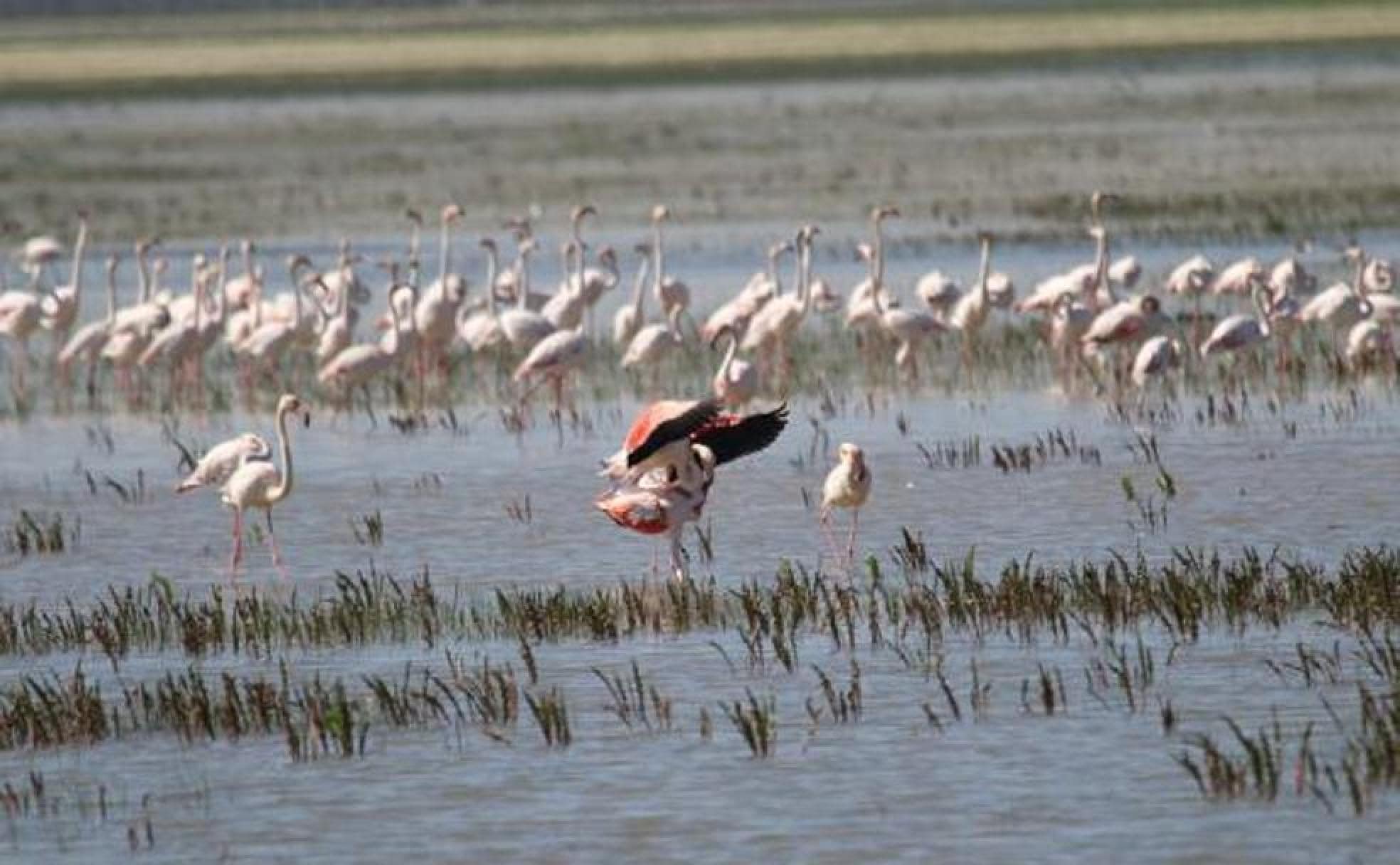Andalucía, a world of destinations
Escapism ·
With the region now 'unlocked' there's plenty of variety to satiate your travel needs - all without having to leave the countrySeville's Moorish palaces will transport you to exotic Marrakech, the art galleries of Malaga might even rival those of Paris, the flamingo wetlands of Huelva will inspire like the wilds of Africa, the castles of Cordoba will remind you of Ireland, while the renaissance towers of Cadiz will make you feel like you're in Italy. Almeria's rugged Mediterranean shoreline is reminiscent of Scotland's west coast; the gargantuan waterfalls of Jaén's natural parks will impress as much as anything Norway has to offer, and the wilderness of Granada will embrace you like the vast open spaces of Iceland.
Well, that was the promise of last year's 'Quédate en Andalucía' domestic tourism campaign, that encouraged us to holiday locally during the pandemic. We might not have been able to travel, but the wonders of the world were close by to enjoy.
Well, a year later and it's a case of déjà vu isn't it? After months of being locked in Malaga province, the Committee of Experts of the Junta de Andalucía have suggested that we must, for the time being, stay within the region for leisure travel.
So, here's my take on where to go in Andalucía to satisfy your wanderlust.
Cadizfornia Dreamin'
The first place I'm heading once the provincial frontiers open for leisure trips is the Costa de la Luz in Cadiz province. Little wonder this brilliant coast has been dubbed Cadizfornia, with its golden beaches and relaxed surfer vibe.
Tarifa is no longer a secret. This scruffy port town has emerged as a popular, boho destination served by chic boutique hotels and hip B&Bs. For an authentic take on this cool coast, head for Los Caños de Meca, a shabby yet captivating beach community, that's a favourite with Spaniards.
The temperatures are sure to rise in May and June, so enjoy the beaches. Here you can take your pick; family, nudist, or gay - it's an open and inclusive culture in Los Caños de Meca - you'll feel like you're in 70s Southern California.
Subterranean surprises
The castles of Cordoba province might well be evocative of destinations further afield, and even into the realms of fantasy. The ancient, eighth-century Castillo de Almodóvar is certainly recognisable to Game of Thrones fans. But to experience a more off-the-beaten track experience of Cordoba, pay a visit to the village of Monturque.
At the heart of the Montilla-Moriles vineyards and wine route (these fortified wines of Cordoba might remind you a little of sherry, as they are made in the same style), the village of Monturque is a splendid place for a unique perspective of Cordoba. Here one finds 2,000-year-old Roman underground cisterns; vast chambers that have been excavated and are open to the public.
Discovered by accident in 1885, these are among the most important Roman cisterns in the world, said to be the fourth biggest. Built in the first century to serve luxurious Roman thermae (community bathhouses) they are now beautifully illuminated and make for a fascinating visit. So, no need to fly to Istanbul to see the famous, Basilica Cistern, as we've our very our subterranean surprise right here in Andalucía.
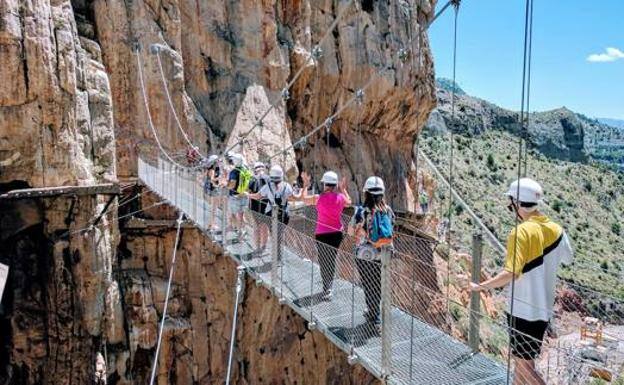
Creeks and canyons
I'm fairly sure that after a year of limited travel choices we all know our 'own backyard' of Malaga province better than ever. Its capital is indeed a welcome cultural hub, and the countryside has a wealth of attractions including the vertiginous Caminito del Rey hiking route that clings to the edge of the Gaitanes gorge.
However, Malaga now has a new, high-profile hiking route, the Sendero el Saltillo. Found in the Axarquía area, east of Malaga city, this demanding trail, through the stunning natural park of the Sierras de Tejeda, Almijara y Alhama, offers much of the excitement, spectacular views, and dramatic scenery one might associate with Arizona. But it's right on our doorstep, and what's more, access is free.
Martian marvels
Huelva province is of course home to one of Andalucía's most extraordinary national parks, Doñana, with its vast wetlands teeming with wildlife, including later in the year, the iconic pink flamingos that make the area reminiscent of the expansive lakes of east Africa.
-
Directory The Andalusian Provinces
May is one of the best months of the year to enjoy birding, and this year, with the suspension of the El Rocío festival, the birds will be more abundant than ever.
But for a truly otherworldly experience in Huelva, head to the mining area of Río Tinto, where the environment is so remarkable that astrobiologists and NASA scientists once tested space suits and robots here.
Copper, silver, and gold have been exploited from the Río Tinto area for some 5,000 years. Since it's rich in minerals, there's natural contamination from the iron in the earth as well as heavy metal pollution from the disused mines, giving the river a deep orange and red appearance.
Considered the closest one can get here on earth to a Martian environment, it has attracted attention of academics and researchers looking to see how bacteria can flourish in acidic oxygen-free environments.
The Río Tinto mining park is set to open a new 'Mars on Earth' experience this autumn.
High Sierra
One of my favourite hiking experiences was exploring the Berber villages of the Moroccan High Atlas, accompanied by a guide and our mule. It was quite unforgettable. The same magic of exploring timeless rural life can be enjoyed in the foothills of the Sierra Nevada in Granada province. Here the Alpujarra Alta includes the emblematic villages of Pampaneira, Bubión, Capileira and Trevélez which offer an enchanting insight into ancient Andalucía, a time when North Africans came here in the eighth century.
This once inaccessible area still has communities based on Berber architecture; labyrinthine lanes through hamlets of tightly-packed flat-roof homes, with doorways protected by colourful, woven fabric curtains. The terraced hillsides still have historic agricultural irrigation that dates back millennia.
Crystal cave
The Sierra Nevada mountain range impacts the climate in Almeria, making it the driest province of Andalucía. In fact, it's home to Europe's only desert, Tabernas. Since Sergio Leone's 'spaghetti westerns', it has been a favourite for film directors.
Mini theme parks now offer tourists the chance to witness cinematic shoot-outs and the opportunity to stroll through ageing film sets that convey the allure of 19th-century 'wild west' America.
New onto the tourist scene in Almeria is the magnificent Geode of Pulpí. This remarkable hollow rock is full of huge crystals - a cave that you can actually crawl into, and experience the energy of these 60,000-year-old crystals.
This giant geode, the largest in Europe, was found within an abandoned mine in Pilar de Jaravía. So, no need to head to Mexico to get your fix of crystal healing.
A Roman holiday
Although Andalucía's capital might mesmerise with its exotic Mudejar palaces, a trip into rural Seville province can be equally enchanting. Surrounded by a sea of undulating sunflowers one finds Carmona, one of Europe's most ancient cities. A place of Roman ruins, Moorish castles, noble palaces and renaissance spires, little wonder it's a Spanish National Monument. It certainly can give Italy a run for its money.
Yet, there's more. Ten minutes' walk out of the town (famous for its Puerto de Indias gin and vodka distilleries) there's one of Spain's most extensive Roman necropolises. A place of some 240 Roman tombs, considered a strategic element of Spain's history. Only now, with the recent excavations and archaeological studies, are the secrets of this area being discovered.
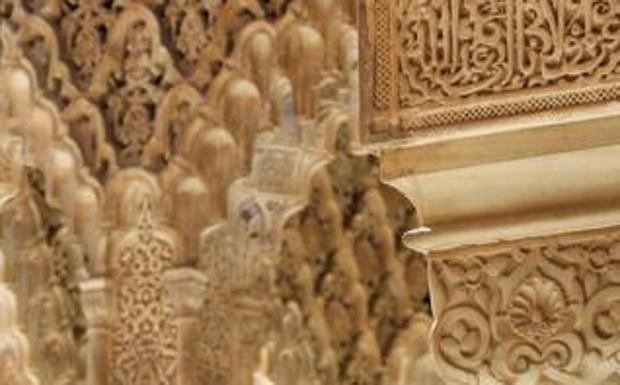
Liquid gold
Some things just don't need to be compared to other countries; they're so quintessentially Andalusian. Take the olive groves of Jaén province. No other part of the world can truly be likened to this unique historical, cultural and natural landscape. UNESCO is considering listing the area, which is the world's largest producer of olive oil, with millions of olive trees.
'Oleoturismo' (olive oil tourism) offers insights, tours experiences and of course extra virgin olive oil tastings so visitors can truly get embraced by the region.
What's more, as home to the world heritage cities of Baeza and Úbeda, the majestic Sierras de Cazorla, Segura y las Villas natural park, as well as the impressive 'vía verde del aceite' Greenway cycling and hiking route, unsurprisingly, Jaén is emerging as a visitor destination.
So, it looks like we don't need to worry about PCR Covid tests and airport queues just yet. Andalucía can be our world of destinations.


